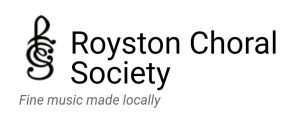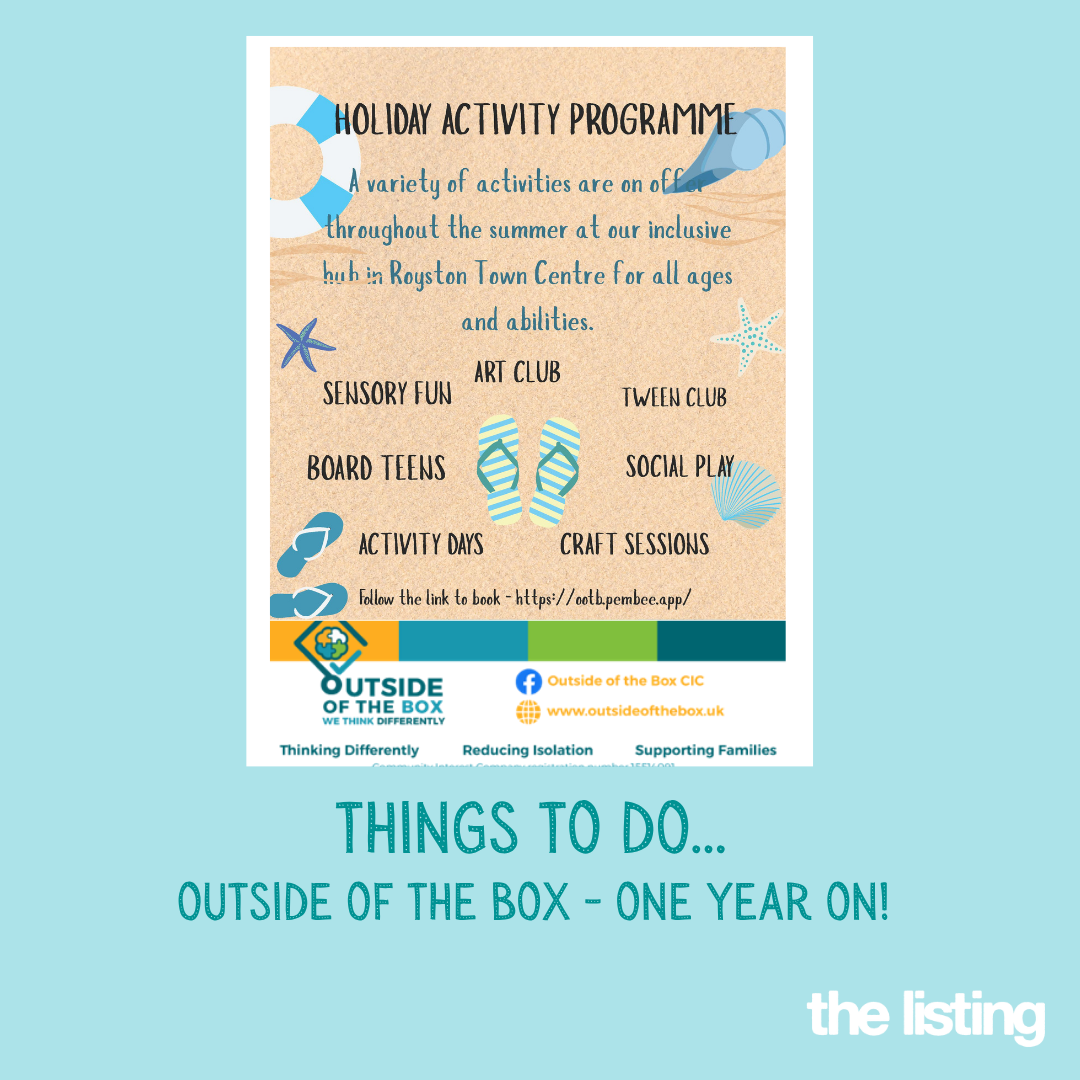The magic of music… As Royston Choral Society celebrates its 50th season of concerts, two of the choir’s basses – Neil Sykes and Steve Richards – share insights into the musical influences and tastes that have led them to sing with the choir.

Neil writes…
I didn’t grow up listening to classical music, other than what we were taught at school. Mostly I liked chart music, but through teenage peer pressure I started listening to what is now called ‘prog rock’ and kept my preference for the music of Saturday Night Fever to myself. I was also introduced to jazz through a few ‘gateway’ records I liked by (among others) Steely Dan, Joni Mitchell and Herbie Hancock.
In parallel with this, I was press-ganged into singing in the chorus of Gilbert & Sullivan productions in the sixth form and carried on doing this when I went to university in London.
By around 1985, two years after I left university, I found I no longer liked much of the music in the charts and decided I needed something else to listen to. In my teenage years I’d found it relaxing to do my homework to a programme on Radio 3 called Homeward Bound. It was a sequence of uninterrupted music (rather like the 30-minute In Tune Mixtape they have now, but longer). I began to listen more to Radio 3 in the late 80s and, working for Piccadilly Radio (a chart station in Manchester), was regarded by colleagues as a bit weird for this habit, but by then peer pressure no longer worked.
When I moved back down south in 1989, to work for Neve Electronics (a company formerly based in Melbourn which makes sound mixing desks), I still hadn’t sung much since school (apart from a couple of performances in the Slough Operatic Society, which didn’t do any opera, just musicals). I was introduced by a friend to Letchworth Garden City Choral Society (now Letchworth Chorale) and have sung with them, on and off, since 1991. I should really have joined Royston Choral Society earlier, but didn’t have the time then for two rehearsals a week.
My musical tastes still vary. I listen to classical, jazz and popular music depending on my mood. Since retiring in September last year, I’ve had more time to sit around listening to music. This isn’t always popular domestically, but I still have my work room!

Steve Richards’s taste in music is reflected in a compilation he describes as his ‘go to music’. His passion for the comfort of familiar pieces and new discoveries shines through when he says…
When busy life is bearing down and you want to cocoon yourself away for a little while, there is nothing as comforting as falling back on a familiar and favourite piece of music. But on other occasions, it is wonderfully enriching when a chance encounter sets you on a trail of uncovering something new. The selections that follow are the old familiar and challenging new music that I find myself returning to again and again. You’re sure to know some, but perhaps not all, so I would be thrilled if something here sends you on a new thread of discovery.
Toward the Unknown Region – Vaughan Williams
https://www.youtube.com/watch?v=paijBJiRokE
Although performed locally quite recently, this setting of words by Walt Whitman isn’t so well known. In my mind, the music conjures images of a ship crossing a great ocean from a familiar place to an uncharted land and Williams’ music works through the many stages of emotion that those on such a journey might experience: at times hope and anticipation, at others fear, doubt and thoughts of home, then commitment and triumph.
My CD: Vaughan Williams – Dona Nobis Pacem & other works, Hyperion CDA66655
Lord Peter’s Stable Boy– Percy Grainger
https://www.youtube.com/watch?v=L6rj2Yipfvg
Grainger seemed to enjoy marrying unusual combinations of instruments in small ensembles and his arrangements are thus often unique ‘dishes’ of sound as he called them. I particularly like this pared-down scoring from the Danish Suite, but the whole CD is tremendously uplifting. The stable boy is eventually unmasked when giving birth to twins!
My CD: Grainger – Works for Chamber Ensemble 2, Chandos CHAN 9819.
Also sprach Zarathustra – Richard Strauss
https://www.youtube.com/watch?v=IFPwm0e_K98&t=1s
I love this colossal tone poem and it’s essential to look beyond the opening show-biz ‘sunrise’ movement so beloved of BBC programmes about space. My particular favourite is the 6th movement, ‘Of Science’. It is an ingenious fugue, starting in the gravel of the double basses then permeating across the rest of the strings and wider orchestra. Based on the 1-5-8 main theme omnipresent throughout the piece, the usual counterpoint components are all represented resulting in gorgeous, thick and intricate chordal transitions.
My CD: Richard Strauss – Also Sprach Zarathustra, Deutsche Grammaphon 410 959-2
Es ist ein ros entsprungen – Jan Sandström
https://www.youtube.com/watch?v=86-ulHbApOM&t=5s
This is the well-known Christmas carol written by Michael Praetorius, but given a modern minimalist interpretation for unaccompanied choir. It is very atmospheric in a big acoustic, and with the continuous lines of sound some advanced breathing techniques are needed!
My CD: Voces 8 – Winter, Decca 00289 483 0968
Drums ‘n’ Chant – Martin Grubinger
https://www.youtube.com/watch?v=om235FuXmBM
Take a virtuosic percussionist, give him all the toys in a remote Schloss and usher in Schola Cantorum of the Benedictine Abbey Münsterschwarzach. This debut recording is just so much fun to listen to, arranged in liturgical order with widely varying soundscapes. You’re never sure what’s going to happen next. Some pieces have an international flavour, some of which work better than others.
My CD: Drums n’ Chant – Martin Grubinger, Deutsche Grammaphon 00289 477 8797
Fantasia on a theme by Thomas Tallis – Vaughan Williams
https://www.youtube.com/watch?v=ihx5LCF1yJY
This is rightly a cherished work but, as one of my ‘go to’ pieces it is this specific recording as much as the wonderful music itself that I value. Although I wasn’t involved directly, I know a little of how this was recorded in the dead of night at Gloucester Cathedral. The scoring calls for two string orchestras and these were set apart within the building. The result, diversifying the musical questions and answers in such a huge acoustic, is just magical. If this doesn’t set your heart surging you must have a cold heart indeed!
My CD: BBC2 Masterworks series from BBC Music Magazine Vol.7 No.11 – BBC Symphony Orchestra, BBC MM83













